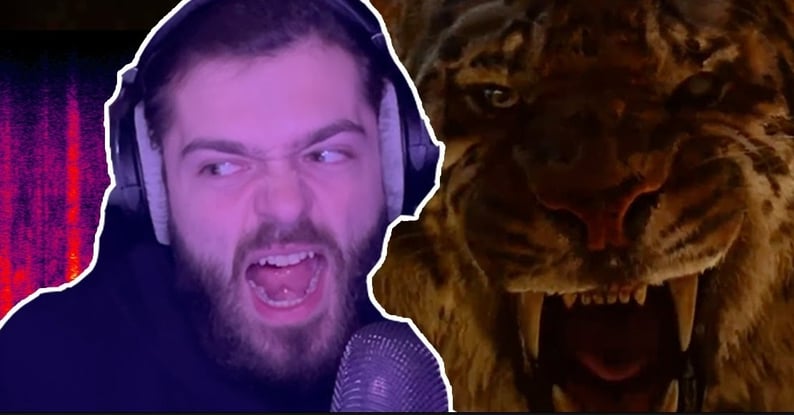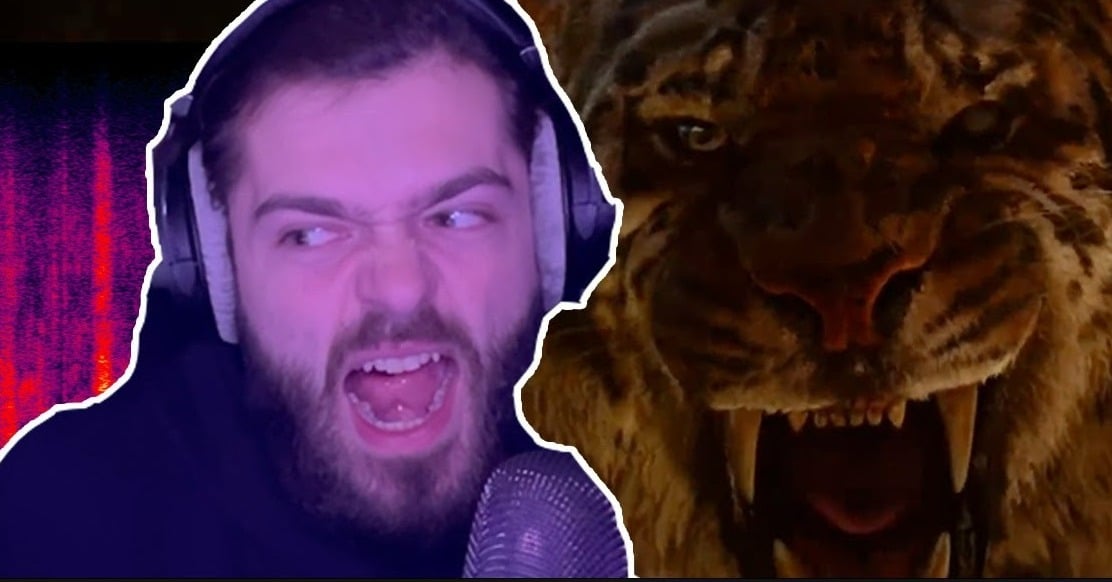Create Animal Voices for Your Creative Projects with Voice Synthesis Technology

When you watch a fantasy with speaking animal characters, have you ever wondered how those animal sounds are created? Or how the sounds of footsteps, doors opening, or even the sound of rain is made? Thanks to talented sound engineers and Foley artists, including those leveraging AI generated animal voices, these voices and sound effects manage to capture the attention of audiences everywhere.
Sound engineers and Foley artists are responsible for creating and recording sound effects in films, television shows, and video games during post-production work. Foley artists, in particular, are responsible for creating and choreographing sound effects that occur in tandem with what's happening on screen. They generate audio using various props and their own vocal performances, including those achieved through speech synthesis, and these sounds are later edited and seamlessly embedded into a production’s final soundtrack.
The Secrets Behind Classic Cinema Sound Effects
Some of the most iconic sounds in cinema history were created by Foley artists. For example, the sound of a lightsaber in Star Wars was created using the recorded hums of an old television and adding in the sound of a microphone being waved in front of a speaker. The sounds of horses galloping in Indiana Jones and the Raiders of the Lost Ark were created using recordings of someone hitting a leather glove against a wooden board.
In Monty Python and the Holy Grail, a coconut was used to create the sound of horses' hooves. The Foley artist, who didn't have access to real horses, came up with the idea of using coconuts instead. These examples show how Foley artists rely on their creativity and ingenuity to create sound effects that are both realistic and memorable.
Recently, voice synthesis software has started played a significant role in making the process of producing voices for animals a whole lot easier for voice actors. Thanks to artificial intelligence technology, smaller studios looking to produce content for children can use advances in this technology to compete with larger production companies.
How Voice Synthesis Technology Assists Motion Picture Sound Production
Today, voice synthesis technology is used to enhance the work of voiceover artists. This technology has revolutionized the process of creating animal voiceovers for television, film, and video games. With voice synthesis technology, Foley artists can create realistic animal sounds without having to rely on actual animal recordings or imitations.
Voice synthesis technology uses deep learning algorithms to analyze and produce a vocal performance with the audio characteristics of any specific animal. This technology is particularly useful for creating animal sounds that are difficult to record, such as lions, tigers, or elephants. It enhances the productivity of voiceover artists and provides them with greater control over the final sound effect. AI voice synthesis further contributes to the realm of sound production, offering novel opportunities for crafting lifelike and customizable vocalizations.
Voice AI is essential for expanding sound production possibilities. Filmmakers and game developers leverage voice AI advancements to experiment with character voices and soundscapes, creating authentic and diverse auditory experiences in multimedia applications.
We highly recommend checking out the impressive results of voice cloning in this Respeecher YouTube demo:
Voice Synthesis Technology in Action: The Voice Marketplace
At Respeecher, our Voice Marketplace grants sound engineers and Foley artists total control over how exactly they want an animal to sound.
Depending on the animal they need, sound engineers and Foley artists can simply go to the Voice Marketplace and choose from a wide selection of animal sounds, including cats, dogs, horses, lions, tigers, and more. Once they’ve found the animal and sounds they are looking for, the engineer or artist can then go to work, customizing those sounds to fit their specific needs, such as changing the pitch, speed, or tone of the animal's voice. This level of control allows voiceover artists to create animal voices that are both realistic and unique.
To use the Voice Marketplace, clients simply need to upload a voiceover performance. Respeecher’s deep learning algorithms will then analyze and transform the recording into the voice of the animal they’re targeting. The final sound effect is delivered with the highest quality, ready to be included in a production’s final soundtrack.
The Voice Marketplace is not only useful for Foley artists and sound engineers but also for filmmakers, game developers, and other creatives who need authentic animal-sounding voices for their projects. The platform offers a cost-effective and efficient way to create custom animal sounds, without the need for expensive recording equipment or animal trainers.

- artificial intelligence
- AI voice synthesis
- synthetic speech
- artificial intelligence (AI)
- synthetic voice
- game developers
- speech-to-speech (STS) voice synthesis
- synthetic voices
- voiceover
- speech synthesis
- speech-to-speech voice conversion
- ethical voice cloning
- AI voices
- Voices
- Sounds
- Respeecher
- Respeecher’s voice cloning algorithms
- Singing voice synthesis (SVS)
- Singing synthesis
- Singing voice synthesis technology
- Respeecher super resolution algorithm
- AI voice generator
- Respeecher’s synthetic voices
- speech-to-speech voice synthesis
- Respeecher's voice marketplace
- sound designer
- Respeecher’s voice models
- voiceovers
- STS voice synthesis
- Sound design
- AI technology
- sound editor
- sound engineer
- Respeecher's AI-powered voice cloning
- natural-sounding voices
- film studios
- generative AI
- small creators
- synthetic sounds
- voiceover artists
- Voice synthesis technology
- Respeecher Voice Marketplace
- Film and Animation
- voice ai
- AI generated animal voices





